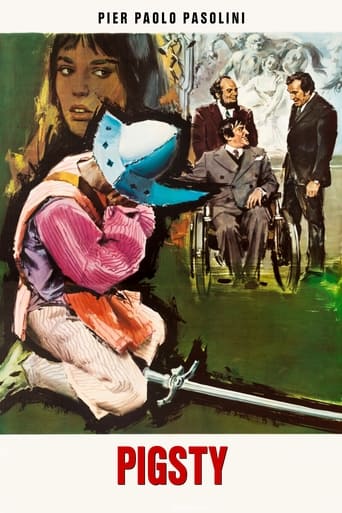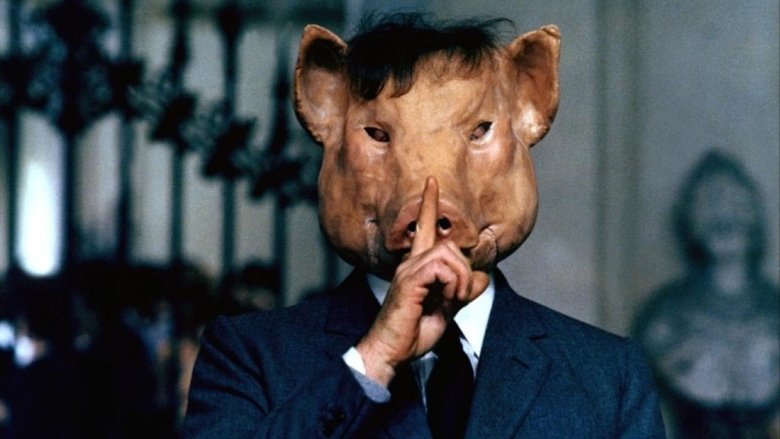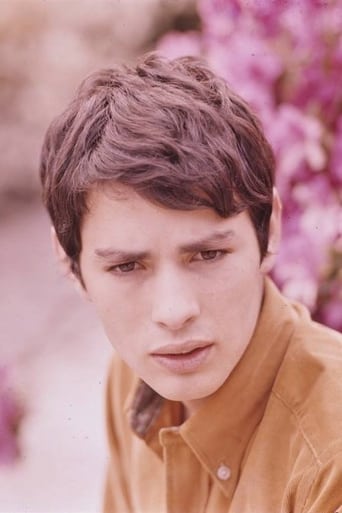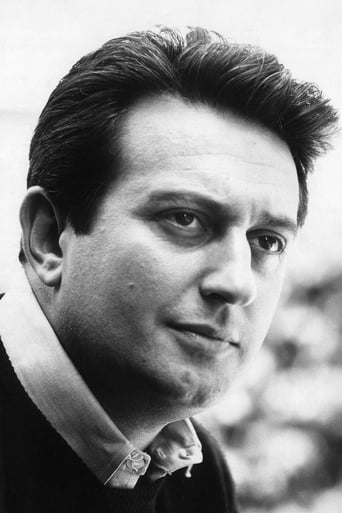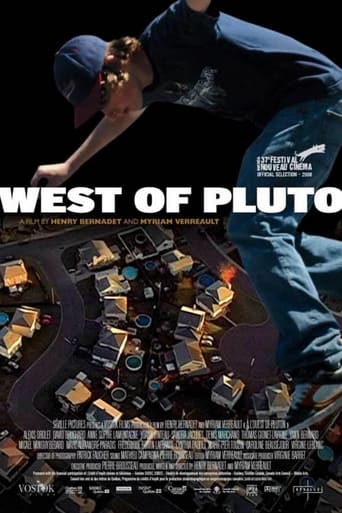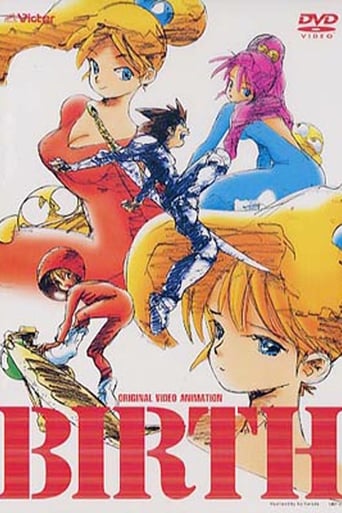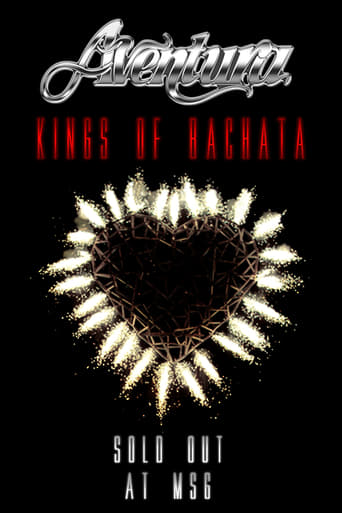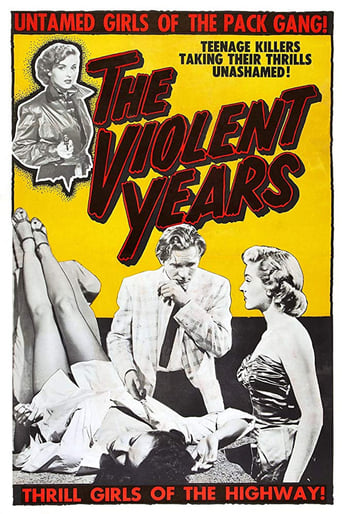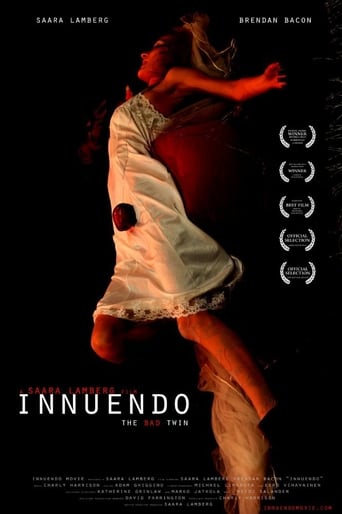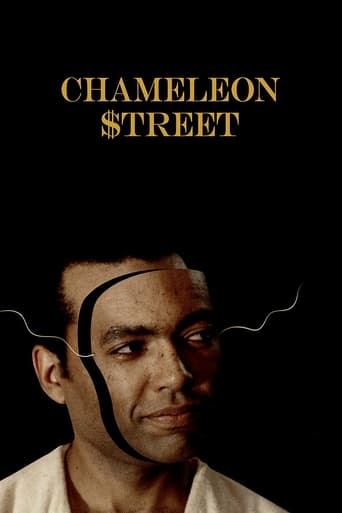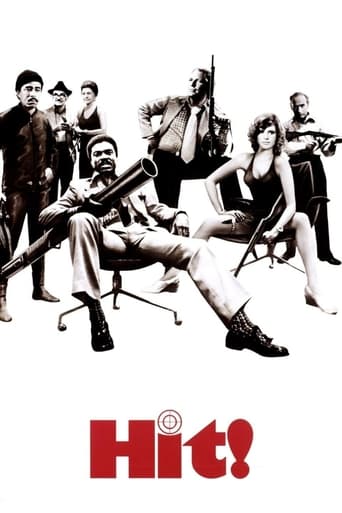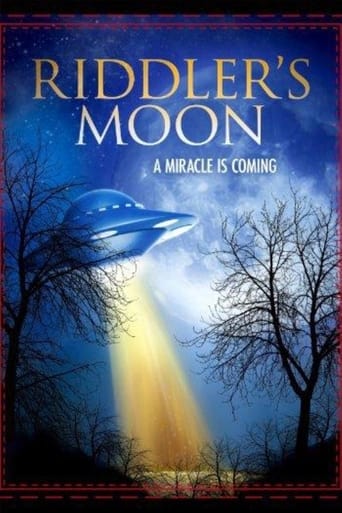Pigsty (1969)
Two dramatic stories. In an undetermined past, a young cannibal (who killed his own father) is condemned to be torn to pieces by some wild beasts. In the second story, Julian, the young son of a post-war German industrialist, is on the way to lie down with his farm's pigs, because he doesn't like human relationships.
Watch Trailer
Cast


Similar titles
Reviews
Simply A Masterpiece
Fantastic!
Absolutely the worst movie.
It's the kind of movie you'll want to see a second time with someone who hasn't seen it yet, to remember what it was like to watch it for the first time.
I thought this movie must had had something ingenious while watching it, but couldn't really understand it. It was about a boy who does something very strange that he doesn't want to tell anyone about. He kills pigs, and at the end gets consumed by these same pigs. To his bone, without any trace left of him. And one of the characters decides it would be best if he would just had disappeared. I don't want to immediately go to the semantics of this and ask the inevitable question: what do the pigs represent, and what does the boy represent, and what does his parents' big house represent. First I want to understand the plot.There are two parallel stories, one is about a traveller who looks like the protagonist, trying to survive in a lonely land, and the other one is about a rich boy from a rich family who doesn't do anything with his life. Who is 25 but hasn't yet kissed a girl. He also used to kill pigs. For fun. He didn't need to do it, he was just so rich he didn't need to do anything really. His father is a mockery of Hitler or one of his servants, that is obvious by all the ridiculous names of the officials. The war is over, the USSR is taking on. The pigs represent the weaker, the worse types. So in this case, it may very well be that the pigs are the Jews, the Soviets, whom they had been slaughtering with such light hands. Unconsciously perhaps, the father had sent his son to do that. And the son was his father's conscience. He got destroyed, completely by those same pigs he was eating before. The conscience was actually way bigger and freer than the confining large house he lived in. The conscience was in the mountains, killing people. That seems to be another version of the protagonist's life. He kills and eats a human there. Just the same way he killed pigs in the castle. It's as if this second world is the dark reality while the first world is the beautiful illusion. In reality, it is a person he is killing. And at the end, the protagonist gets crucified by a tribe of others. So happens in the castle, just by pigs, not anyone else. It's as if there is this higher world and all the officials live in this castle where nothing is real, while the boy's true residence is there. Now why do I think he is the conscience of the father? Maybe he isn't, he is just able to see the reality.While he was probably eating healthy and luxurious foods in his father's castle, the protagonist was in reality starving in the mountains. He had a spiritual need that could only be fulfilled by eating those pigs. It was hunger for destruction, hunger that no palace could fulfill.And what about the girl? The girlfriend of course showed the period of time, she was one of those hippy kids. So now is the time where people are going against the Soviet Regime. That means, that the German era is over, all their games are fake already. At the end, the father walks out of the house, with still his proud walk. He lives the place and disappears among the guests, the waiting crowd.The girl is also very young, only seventeen. In one scene, they are walking towards each other with a lake separating them. He asks her to kiss him, first she says no, then when they reach each other, the girl wants to kiss the protagonist, but he no longer wants that kiss. This shows the longing for desire. It's like in Michelangelo's Adam's Birth. Where Adam and God are reaching towards each other but there is always this slight distance between their fingers and I think it's that distance that gives the painting all its beauty. That distance is life. If they touch, nothing is so unknown and mysterious anymore.In another scene, they are both in the house. But he is sitting in the carriage while Ida invites him out. It's a carriage in the house. One that doesn't move. It's something that maybe used to work but not anymore. Completely pointless. That shows that the boy is stuck in his life, that he is going nowhere. While she wants to move on in her life.Father and mother care about him. Father also plays the harp, which, especially in one particular sequence, is shown to control the world. As if he is controlling the world without even leaving his palace. But I don't know whether this lasts for the entire movie. There was probably another instrument which overtook at the end, I just didn't notice it.There is a lot of loneliness in the protagonist's life. He is all alone, he lives in his world and Ida leaves him too. He has this sort of double existence in his huge bed and meditative world.I don't know what I thought about this movie, I think it is definitely rewatchable, there would definitely be new things I would understand if I were to rewatch it.
Bsesides his final work "Salo", the "Porcile" is Pier Paolo Pasolini's most abstract, most hermetic and thus most and also most controversially discussed film. In a famous German reference work of film, this movie is interpreted in the following way: both cannibalism and sodomy be "symbols" of Pasolini's homosexuality. I have seldom read something more stupid and primitive. Moreover, in all reference commentaries that I have seen so far, the interpreters seem to be sure that "Pigsty" consists of two independent parts.In one of the two parallel told stories, a cannibal who seems to live in a paleolithic world, is condemned to be mangled by dogs. In the other parallel told story which plays in a German (?) castle, some negotiations of leading fascists are told. Here we see the ultimate predecessor motives of Salo. There is also a son, Julian, bourgeois like his father, who meets Ida, a liberal girl, and it seems that they cannot come together. The water that separates them looks like the border between the Here and the Beyond and not like a swimming pool embedded in a piece of park. Even when they try to walk towards one another, the never succeed in reaching a meeting point on one of the borders. Julian, however, prefers to enjoy his sexual contacts in the pigsty that belongs to the park of the castle, with the pigs that finally eat him up. The two parallel told stories have in common, as Pasolini himself said, that "bourgeoisy eats up his children". This may be true - since the time of evolution between the paleolithic and post-war fascistoid Italy just made the short step from cannibalism to sodomy.
It's arguably his least accessible work.And probably his more boring too.Like in "Oedipe" ,or in "teorema" ,there is a mix of contemporary scenes and a tale of long ago ,which could happen anywhere ,in the Middle Ages or the antiquity -which Pasolini broached with his Gospel,Medea and Oedipe-."Porcile" bears the appropriate scars of the time .All the scenes between Jean-Pierre Léaud (fortunately,he is dubbed ,so the French -speaking do not have to hear his affected voice)and Anne Wiazemsky are terribly stodgy.The two "intellectual" "actors" epitomize ,as far as I'm concerned,the nadir of French acting.These interminable dialogs recall the dreadful rhetoric of GOdard's "La Chinoise" .Things go better when Pasolini directs the fathers: one of them,a former Nazi has A skeleton in the closet and the other one's son is a zoophilist (check the title).As for the Pierre Clementi sequences -in an undefined past,which deal with cannibalism (I killed my father/I eat human flesh),the connection with the main plot escapes me,I fear.A young person who wants to discover Pasolini should not begin with "Porcile" (or ,worse "Salo" )."Mamma Roma" "Il vangelo secondo Matteo" or "Medea" are wiser choices.
With this, I only have one more Pasolini feature to go and I have seen all of them (the missing culprit being Accatone). Porcile does not represent Pasolini at his best. It's far too abstract and obscure. Two stories alternate, one taking place in a quasi-legendary time and one in modern times. The quasi-legendary scenes concern a young cannibal, some rapists and murderers. The modern sequence concerns some former Nazis living in Italy. One of their sons, played by French actor Jean-Pierre Leaud, is sick of the evil, bourgeois lifestyle he leads. At one point, since he lacks any ambition, he throws himself into an intentional coma. I don't get it, especially how the two parts work together. Still, as a Pasolini fan, I have to admit that it is a strikingly made film. I especially liked the scenes set in the past. Pasolini regulars Franco Citti and Ninetto Davoli (the only actor, I believe, who appears in both parts of the film, although I have no clue why) come along for the ride. Pasolini fans should certainly see it, others should avoid. 7/10.

